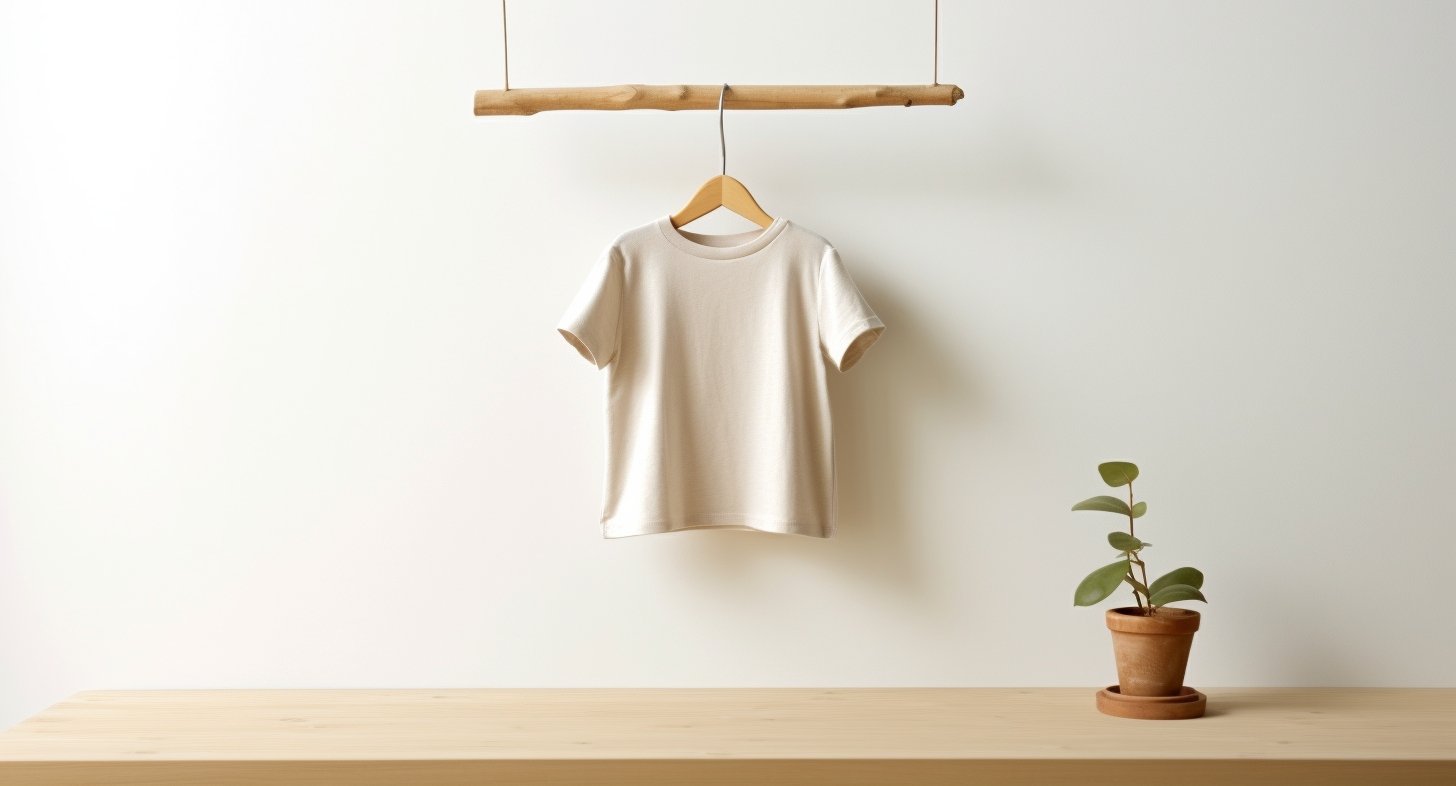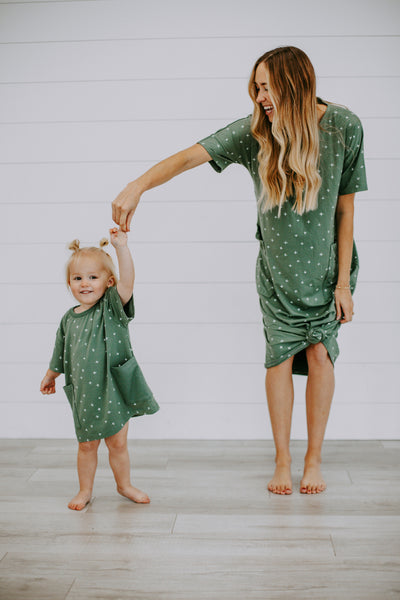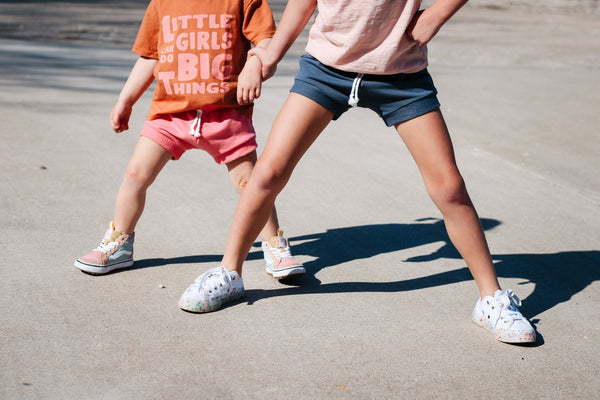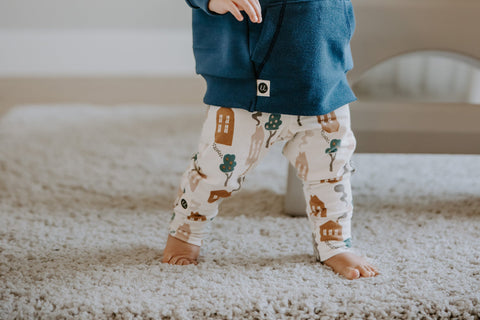
Welcome to "Landing Your Clothing Line in Stores: A Practical Guide". You've put your heart and soul into your clothing brand, and it's paid off. You've got a fan base, online sales are growing, but there's one more step you're ready to take – seeing your apparel in physical stores. It sounds daunting (because it can be), but we're here to help you navigate this journey.
Together, we'll walk through a practical, step-by-step guide to implement a successful wholesale retail strategy and land your clothing line on store shelves. No fluff, just actionable advice, real-life examples, and valuable insights to help you take your clothing line to the next level.
Table of Contents
- Step 1: Understand Your Ideal Customer
- Step 2: Define Your Brand Identity
- Step 3: Build a Solid Online Presence
- Step 4: Price Your Collection for Wholesale
- Step 5: Identify Potential Stores
- Step 6: Connect with Store Buyers
- Step 7: Showcase Your Collection
- Step 8: Establish Wholesale Relationships
- Wrapping Up
Step 1: Understand Your Ideal Customer
Who are you dressing? Eco-conscious moms or perpetually-active toddlers? Trendsetters or budget-conscious shoppers? Identify this, because the allure of your designs isn't the only factor. Retailers want to know who's going to be buying your clothes.
So, who's your target audience? What keeps them coming back to your clothing line? To learn their preferences and shopping behaviors, employ surveys, focus groups, or social media polls. This market research will provide valuable insights for your wholesale retail strategy.
Step 2: Define Your Brand Identity

Sure, the clothes are important, but there's more to it. Your brand's story is your distinguishing factor. It's what will captivate store buyers. Share a compelling narrative that resonates with their customers, and then back it up with exceptional clothes.
Have a clear theme or message? Shout it out loud. Establish a brand mission statement and a unique selling proposition (USP) to differentiate you from competitors. And you don't need to break the bank to establish a cohesive visual identity. Consider using:
- Free online logo generators like Logolivery
- Free color palette pickers like Coolors
Step 3: Build a Solid Online Presence
There's a myth that having a robust online presence isn't crucial for a wholesale retail strategy. Let's debunk that right away. Buyers scout online for the latest trends, so your digital presence must be a showstopper.
Cultivate your online profiles. High-quality photos, an engaged follower base, and a compelling brand story are key to landing your clothes in stores. Network with influencers, bloggers, and photographers to enhance your online reputation. Consider targeted ads to increase visibility and connect with potential buyers.
Step 4: Price Your Collection for Wholesale
Now, let's get to the crux of your wholesale retail strategy: pricing. Factoring in wholesale pricing is crucial because you'll be selling at a significant discount to retailers.
For instance, if your dress retails for $100 on your website, the wholesale price to retailers might be 50% off, making it $50 per piece. This enables the retailer to mark up the price for their profit.
But don't just slash prices without considering your costs. Calculate your cost of goods sold (COGS) — including production, materials, labor, and overhead — then add your desired profit margin. This ensures you cover your expenses while making a profit, even when selling at wholesale prices.
Step 5: Identify Potential Stores
Your goal is to find a perfect fit. Think about where your customers usually shop. It's not just about demographics; a store's atmosphere, values, and ethos should align with your brand.
- Compile a list of potential storefronts, including niche boutiques
- Visit them, explore their websites, and understand their product range and aesthetics
- Observe the brands they already carry, and see how your clothing line could fit into their wholesale retail strategy.
Step 6: Connect with Store Buyers
Time to make your move. Draft concise but compelling emails to store buyers (not managers). Show them you've done your research and explain how your clothing line could elevate their sales. Always personalize your outreach — generic emails are a definite no-go.
Highlight specific aspects of the store that align with your brand. Provide a brief overview of your clothing line, including styles, materials, and any past successes. Share a link to your online portfolio or attach a lookbook to showcase your designs.
Here’s a sample email you can use:
Subject: [Your Brand] – Organic, Handmade Newborn Clothes for [Store Name]
Dear [Buyer's Name],
I hope this message finds you well. I'm [Your Name], the founder of [Your Brand], a boutique specializing in handmade organic newborn clothes.
Step 7: Showcase Your Collection

Next up in your wholesale retail strategy is to get samples into the hands of store buyers. Consider participating in trade shows, a fantastic platform to showcase your line to industry professionals.
Invest in professional packaging for your samples to make a lasting impression. Include a personalized note, a lookbook, or a line sheet with product specifics and wholesale prices. Keep track of samples sent out and follow up after they've had a chance to review your clothing.
Trade shows provide networking opportunities with buyers, store owners, and other industry folks. Research upcoming ones in your niche and book a booth. Stand out with striking displays and signage, and be ready to discuss your brand and products. Collect contact info from interested attendees and keep the conversation going after the event.
Step 8: Establish Wholesale Relationships
When a store shows interest, it's time for negotiations. Be prepared to discuss pricing, returns, and payment terms.
Remember, this is a two-way street. Lay out your expectations too.
Define minimum order quantities, lead times, and shipping costs. Ensure you have a written agreement outlining the terms of your wholesale retail strategy to safeguard both parties.
Wrapping Up
It's challenging, it's a grind, but perseverance is key. Learn from each experience, fine-tune your strategy. Network, gather insights, and learn from fellow designers and industry professionals.
Continuously monitor your brand's performance in stores, and be receptive to feedback from buyers and customers to make necessary adjustments.
Here's to your brand gracing those store shelves soon!
Frequently Asked Questions
1. How can I identify my target market?
Understanding your target market involves researching and identifying the group of customers who are most likely to buy your products. This can be achieved through surveys, social media polls, and examining buying trends within your industry.
2. How do I build a strong brand identity?
A strong brand identity is built on a clear message, unique selling proposition, and a consistent aesthetic. This includes having a consistent logo, color palette, and tone of voice. Free online tools like Logolivery for logo creation and Coolors for color palette selection can be very useful in this process.
3. How important is online presence for my brand?
An online presence is critical as it provides visibility and credibility for your brand. It is often the first touchpoint customers have with your brand. Store buyers also scout online for the latest trends, so make sure you leave a positive and lasting impression.
4. How do I price my collection for wholesale?
Pricing your collection for wholesale involves considering the production cost, the standard retail price, and how much profit you want to make. Typically, the wholesale price is about 50% of the suggested retail price.
5. How can I find store buyers?
Finding store buyers involves researching the stores that you feel would be a good fit for your brand and products. You can do this by visiting their websites or physical locations, observing the types of products they sell, and understanding their brand values. Store buyers' contact details may be available on the store's website, but if not, you can call or visit the store to request this information. Remember to approach them professionally, showing that you have done your research and believe your brand would be a beneficial addition to their store.





